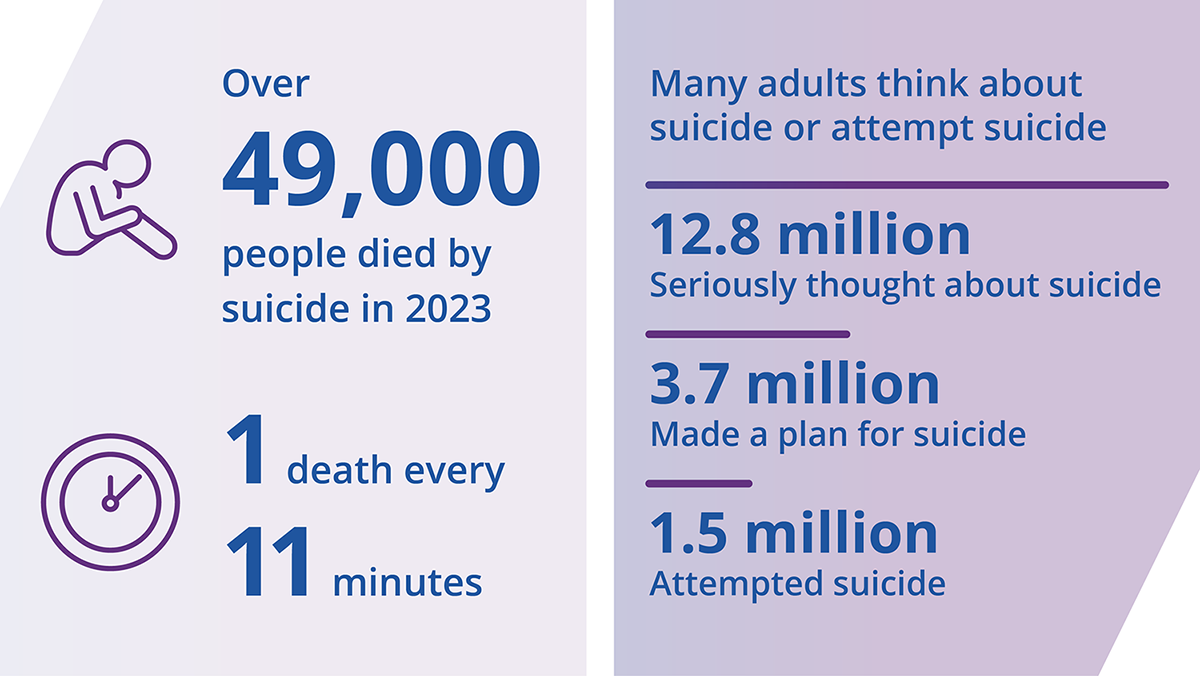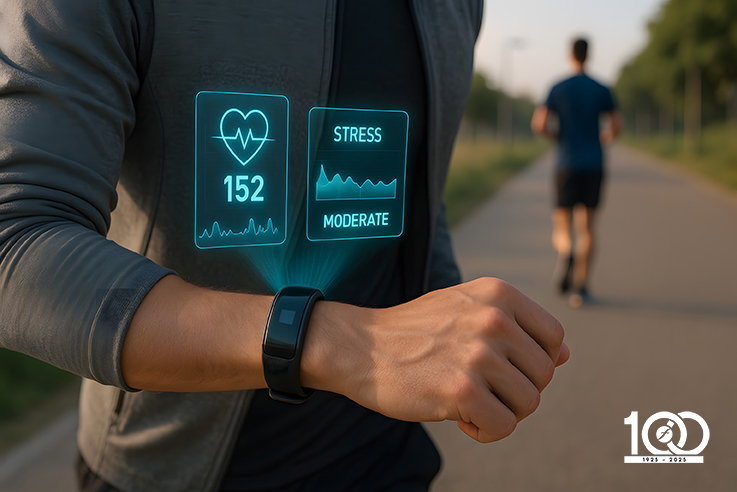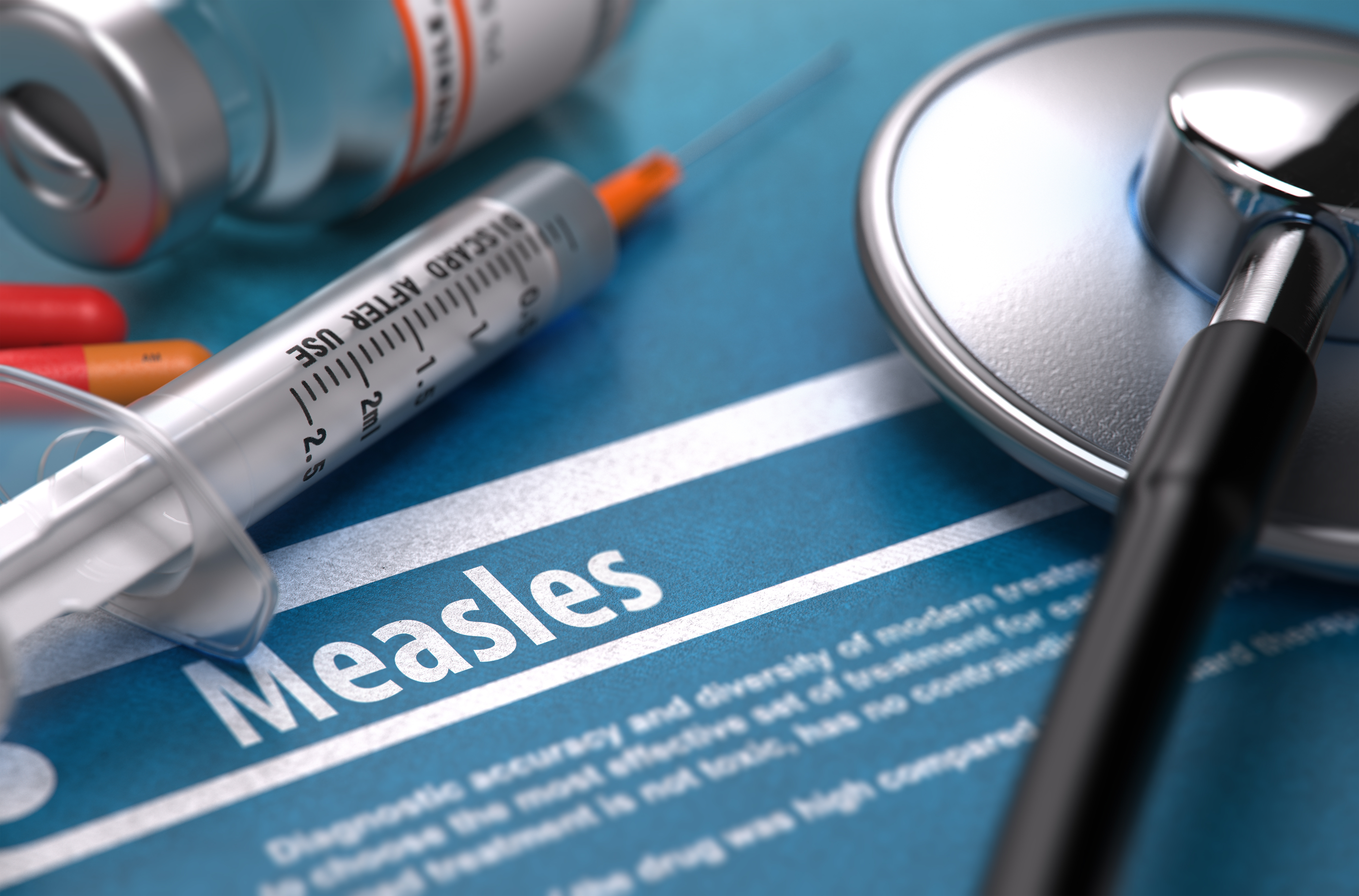Freeman Medical Musings Blog
Keep Up With Your Health
Welcome to the Freeman Medical Musings Blog
As the leaders of healthcare in Joplin and surrounding areas, you rely on us to keep your informed and healthy. Locally Owned, Nationally Recognized means we're here for you every step of the way.

The Latest
Most Recent Blog Posts
Featured Content
Trending Topics

Where Do I Go? Emergency Care vs. Urgent Care
It’s a Saturday morning, and your child has woken up with an earache.
Read More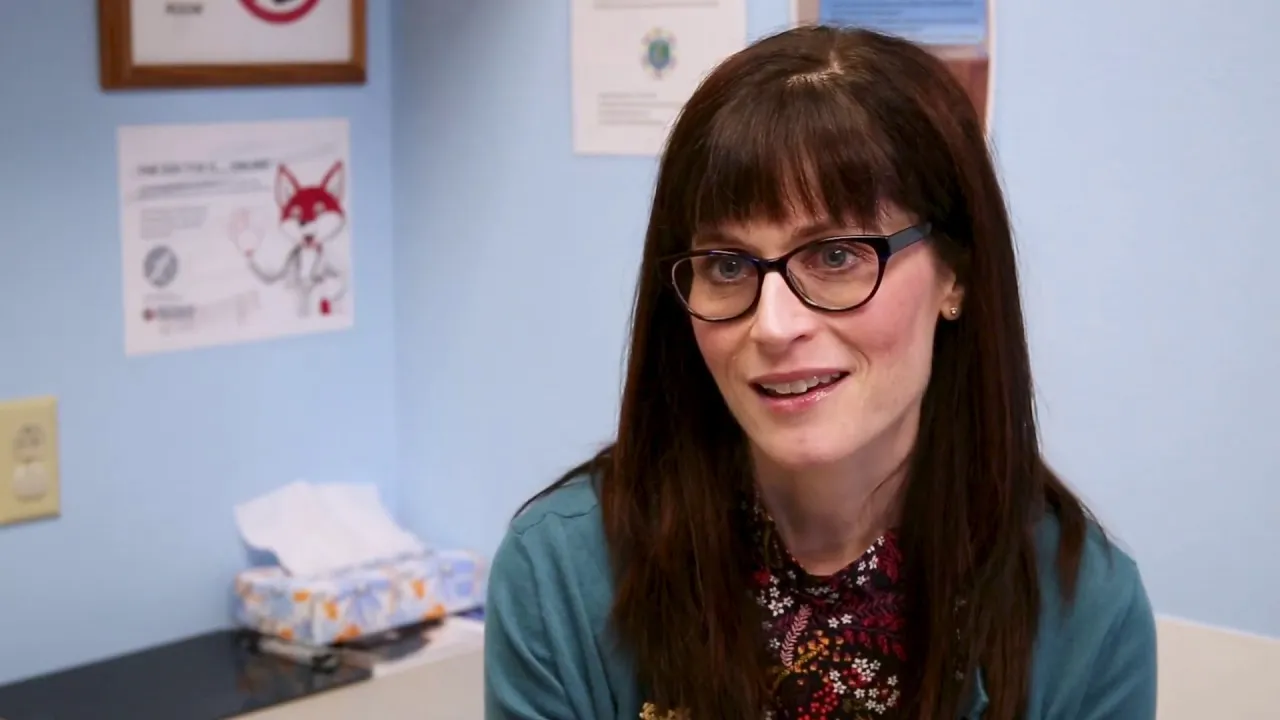
More Than Fun and Games
All areas of a child’s life improve with increased access to free play.
Read More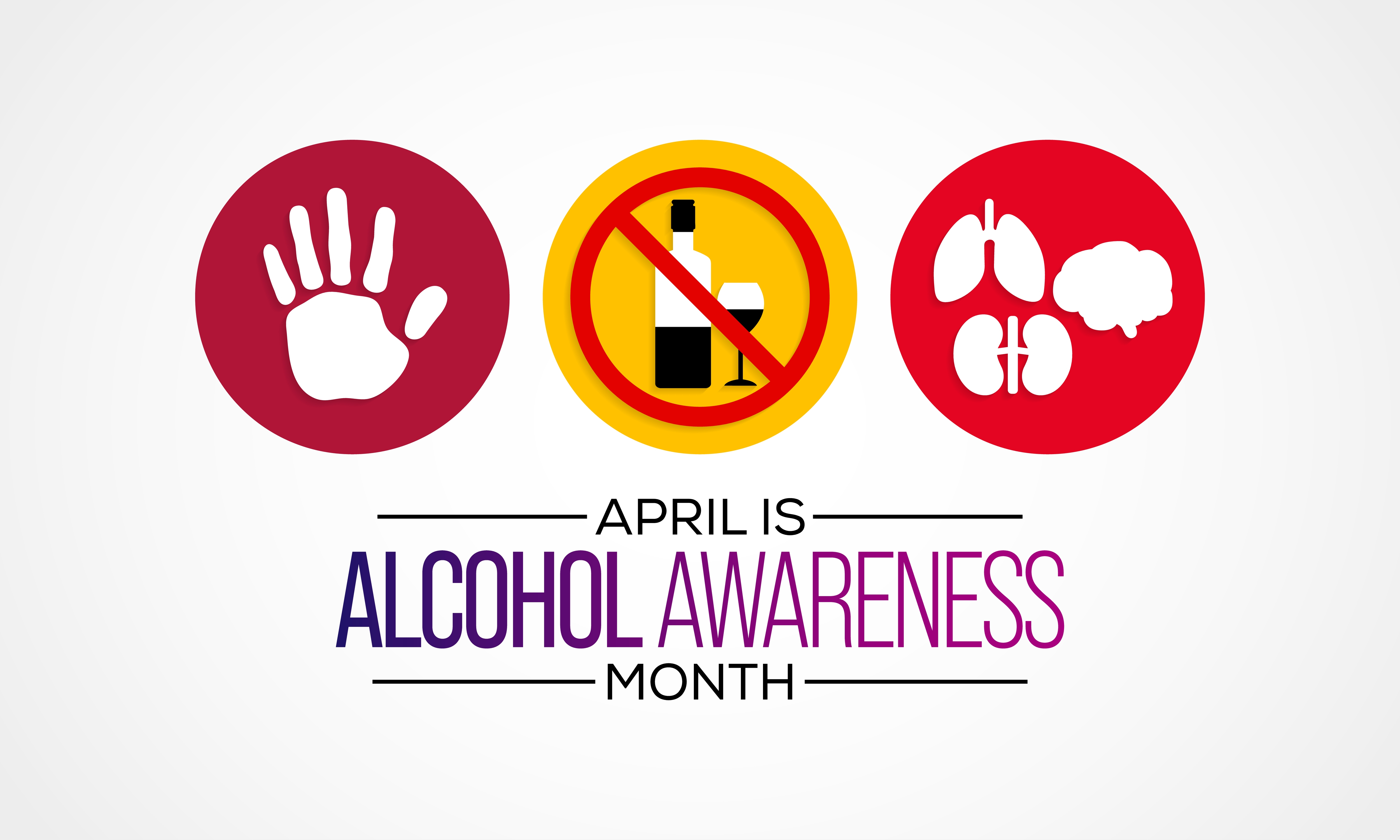
Early Education for Alcoholism
Heavy alcohol use contributes to approximately 95,000 deaths in the U.S. each year. Over half of alcohol-related deaths are due to the health effects of extensive alcohol use, such as certain types of cancer, liver disease and heart disease.
Read More



